Egyptian Architecture - Part 1
1/67
There's no tags or description
Looks like no tags are added yet.
Name | Mastery | Learn | Test | Matching | Spaced |
|---|
No study sessions yet.
68 Terms
Egypt
consist of a narrow strip of fertile, alluvial soil along both banks of the Nile flanked by shelves of barren land and rugged cliffs beyond which lie arid, desert plateau.
Herodotus
who said “Egypt is a gift of the Nile”
Stone
Most abundant material in quantity and variety Chief kinds: limestone, sandstone, alabaster, granite, quartzite and basalt
Copper
imported from the Sinai Peninsula
Tin
Imported for making bronze
sun-dried mud bricks
used to construct houses and palaces
date palm
indigenous wood material were sometimes used for roofing
cedar and other wood
imported
palm leaves, reeds, rushes
used to frame or reinforce brick construction; used as mats, panels, partitions and fences
summer and spring
two seasons
rare rainfall
climate is warm (contributed to the preservation of buildings)
no real windows; unbroken massive walls; uninterrupted exterior surface
give the 3 architectural translation
seasonal flooding
once a year the river floods, which stops agricultural production
batter
for structural stability (counter the soil shrinkage and expansion due to flooding)
Hapi
god of the Nile
Anubis
god of embalming
Aten or Ra
sun god
Hathor
queen of heaven
Seth
evil brother of Osiris
Isis
sister and wife of Osiris (greatest goddess of Egypt)
Osiris
god of the underworld
Amun
god of the gods
Royal Family
communing with the gods
Hypostyle hall
the grandest achievement of Egyptian axial planning
Hypostyle hall
a colonnaded space carrying a flat roof
The Great Hypostyle Hall at Karnak
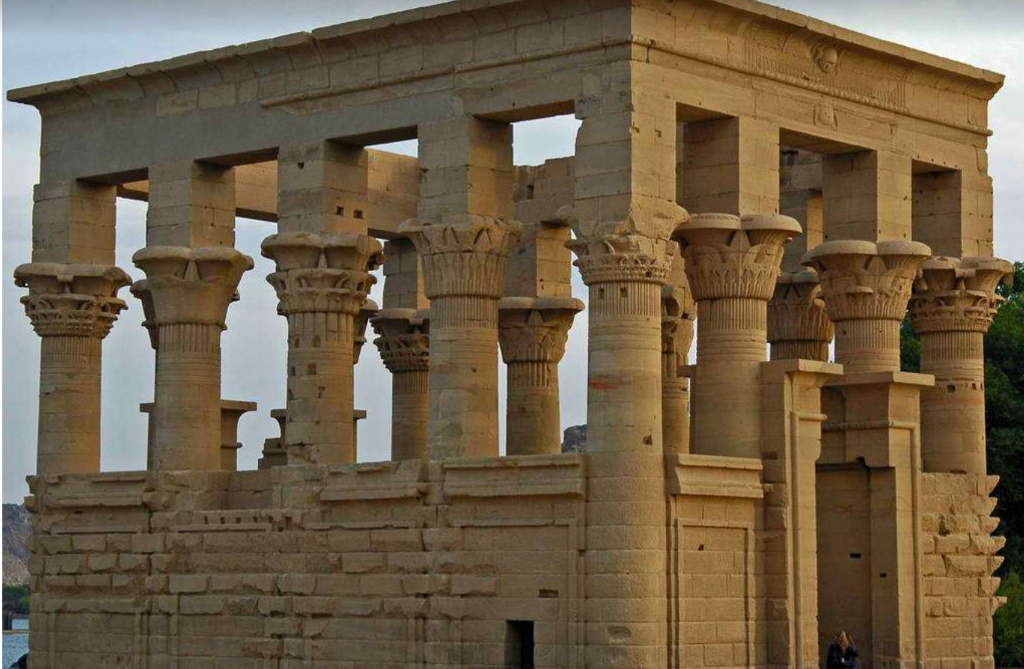
Battered Walls
sloping inwards
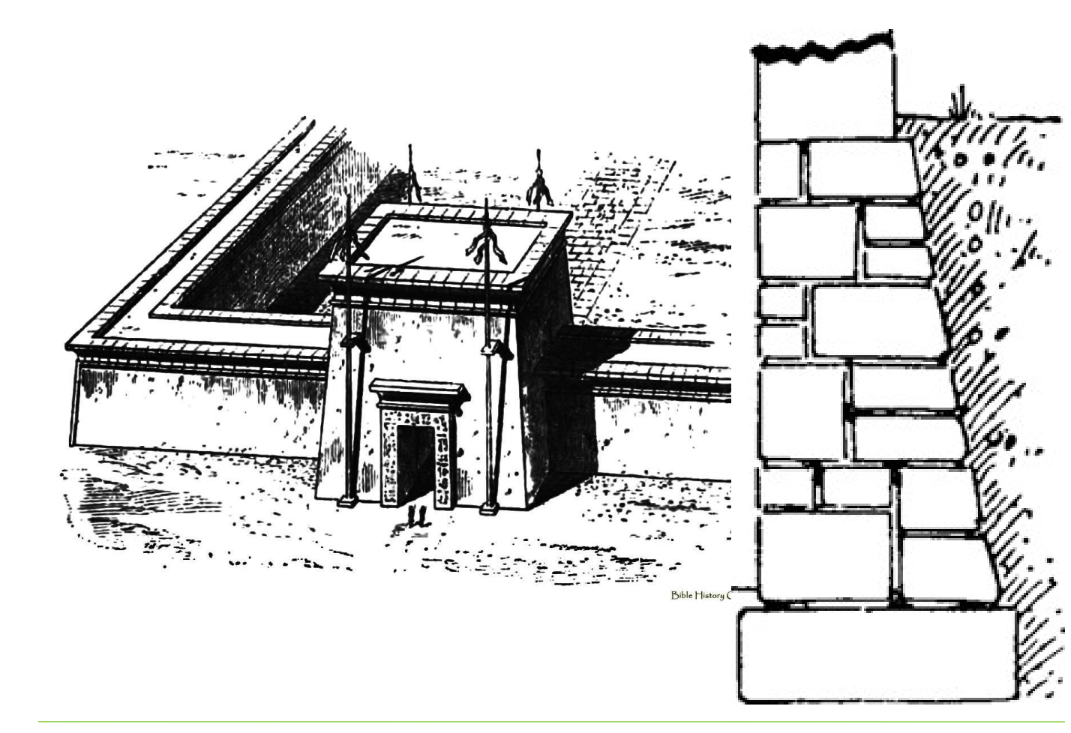
Egyptian Gorge moulding

Egyptian doors
supported by lintel
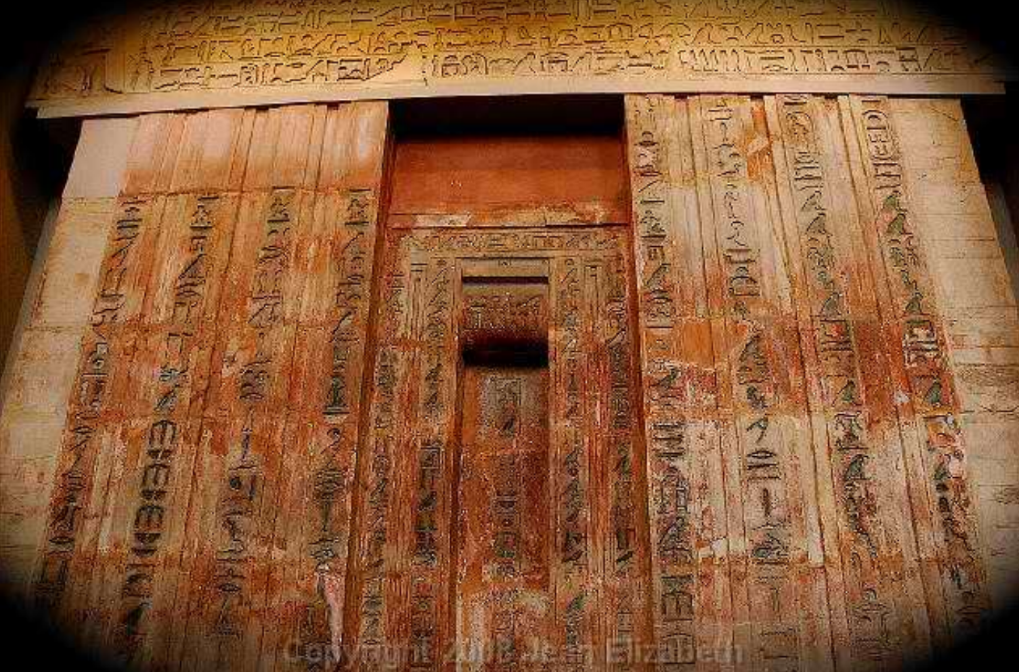
Egyptian false doors
door to the afterlife
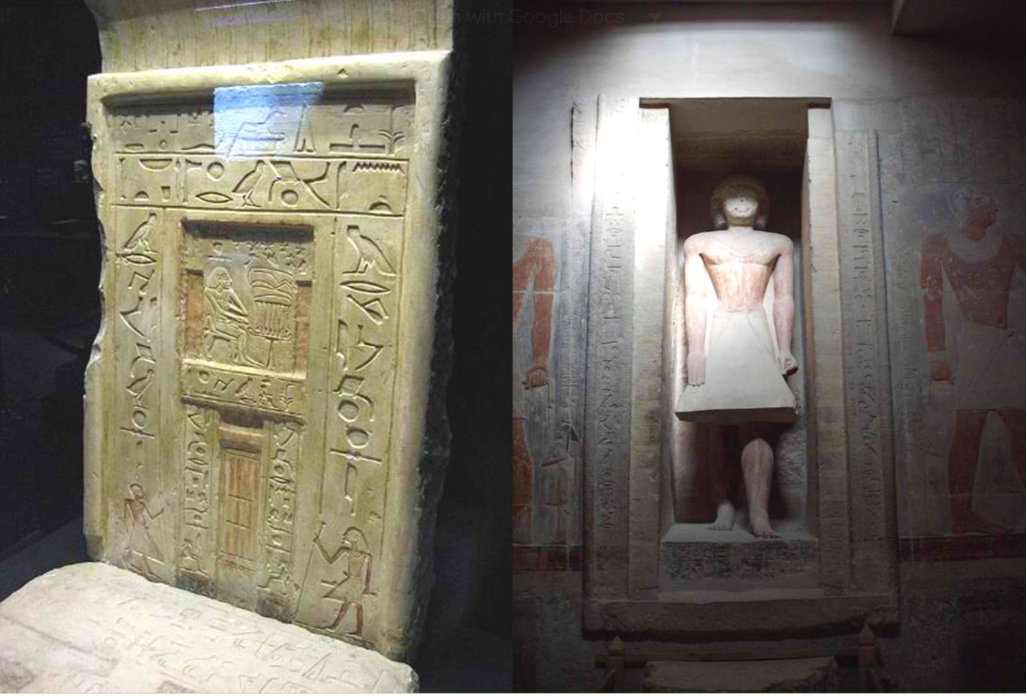
Egyptian doors
trabeated system
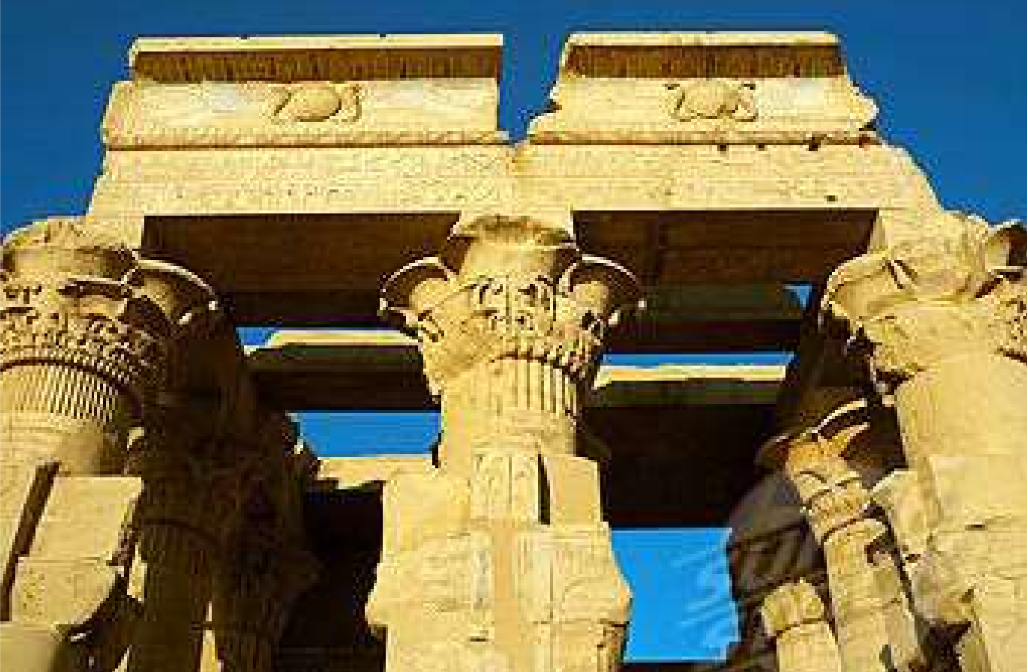
Roofs
heavy stone slabs side by side; flat roofs; served for ceremonies and processions
Roof carried by trabeated system

Roof carried by closely-spaces columns
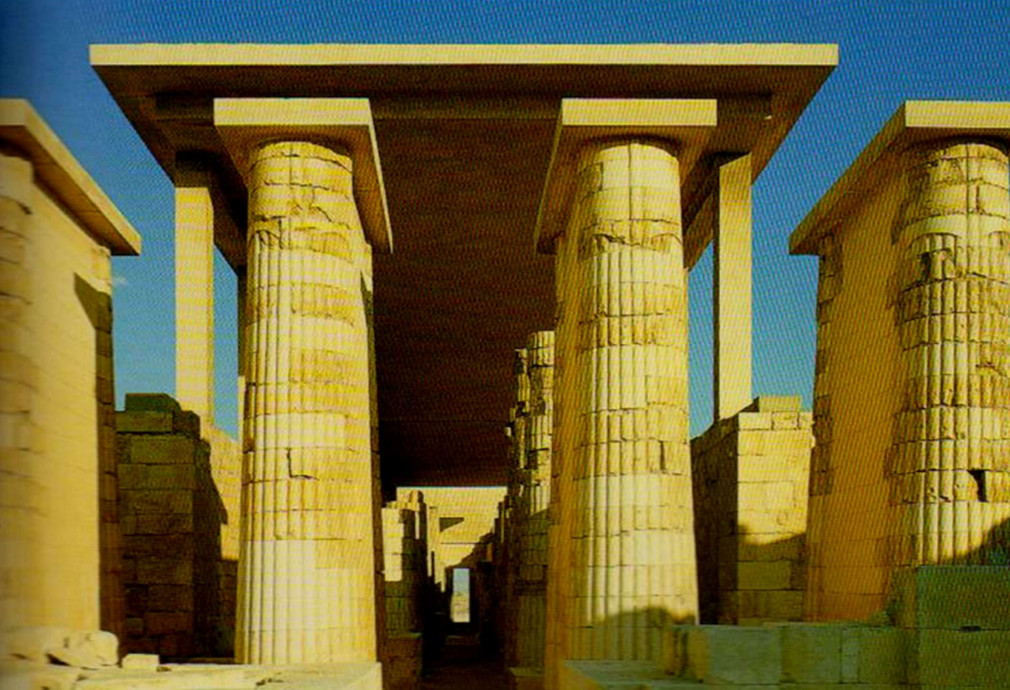
Columns
seldom exceed six times the diameter in height; elaborated with painting and low relief carving
Capital
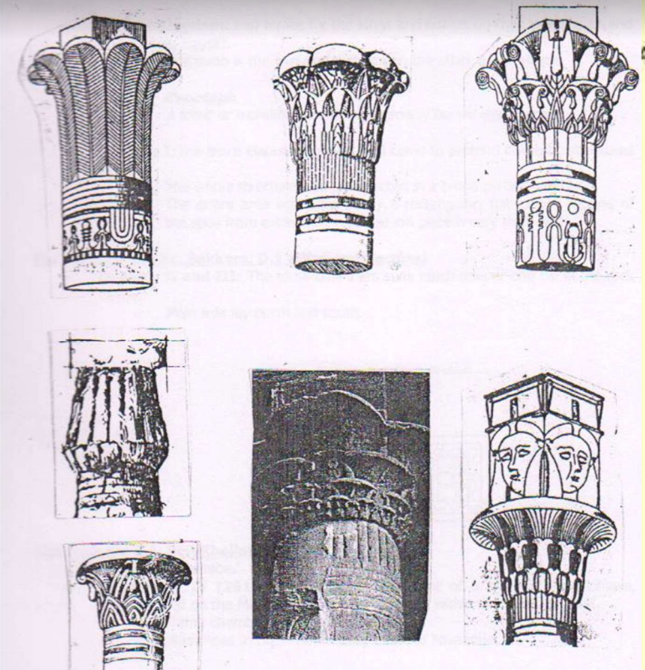
Lotiform columns
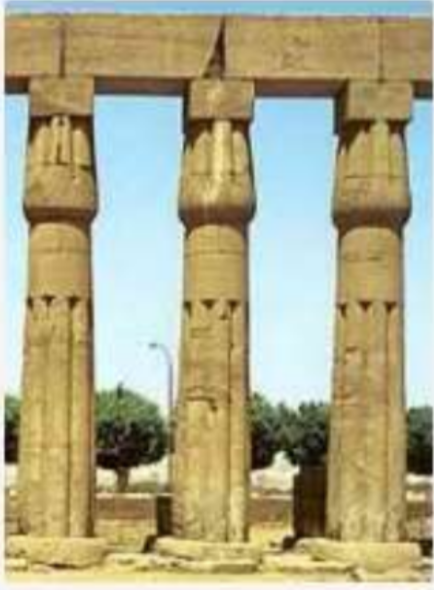
Hathor Columns ar Dendera
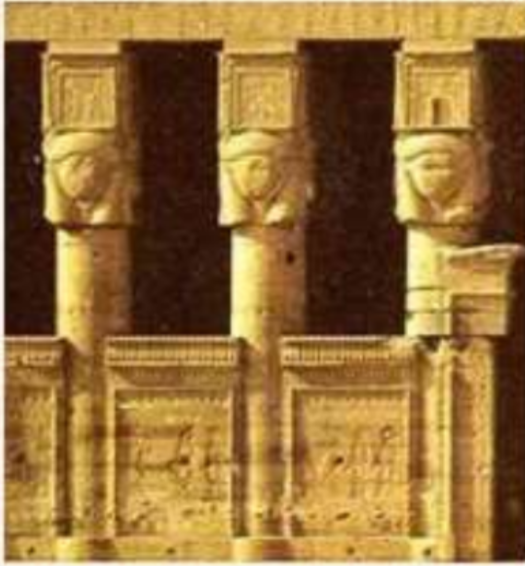
Osiride Pillars
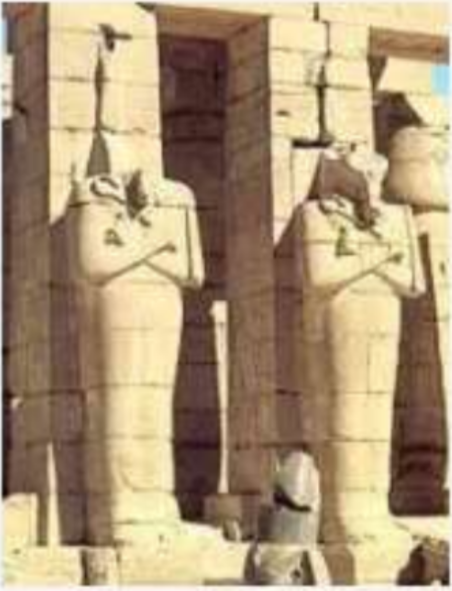
A closed (bud) style capital
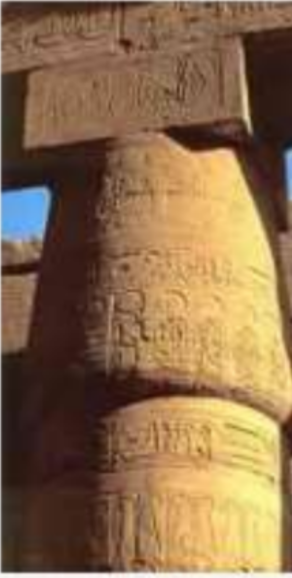
Open capital with engaged columns
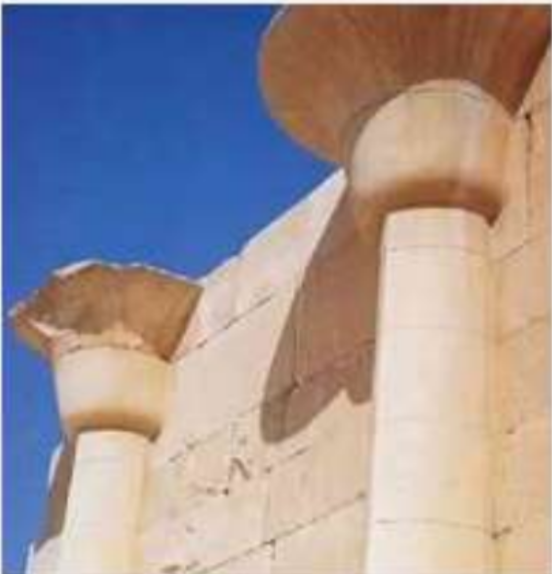
Open papyrus column
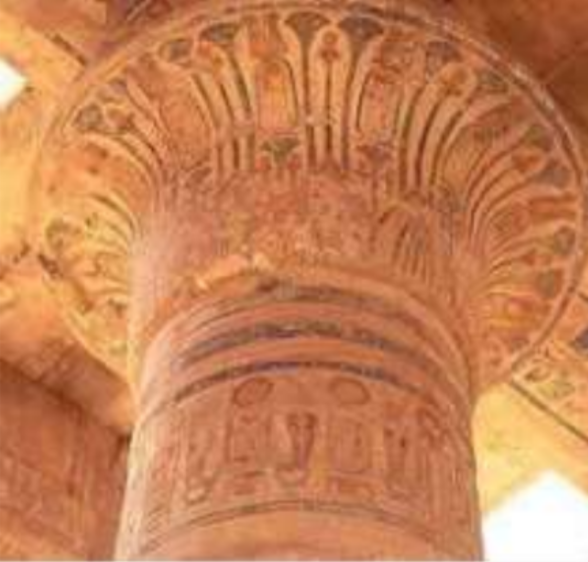
Composite/complex column
combination of open lotus and Hathor head
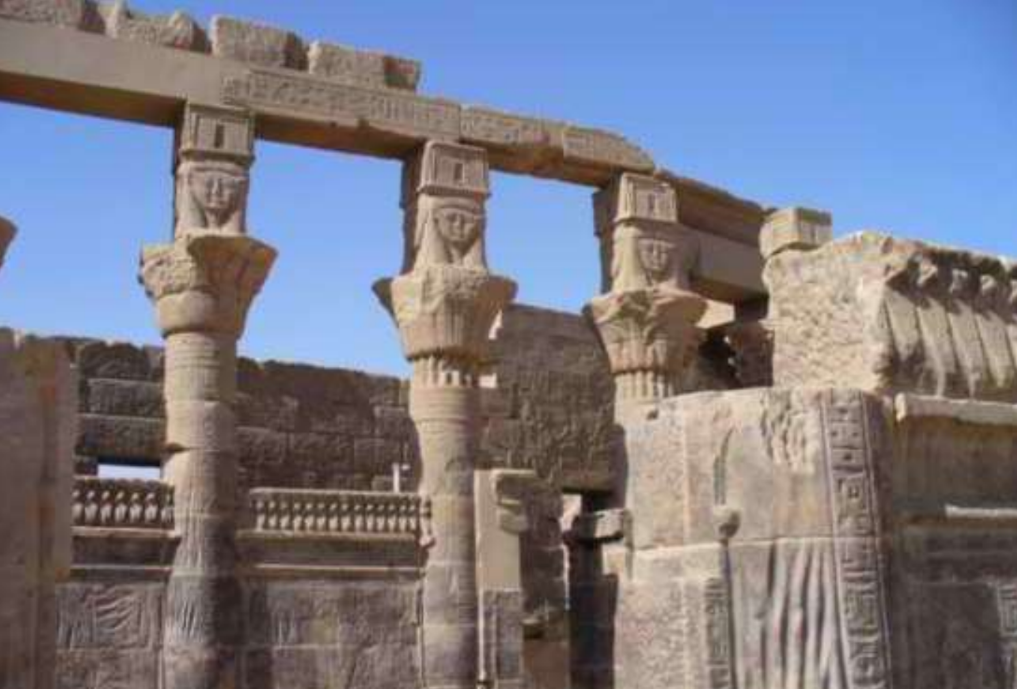
Mouldings
consisted of the torus or roll moldings; capped or substituted by the cobra or the Kheker cresting
Cavetto cornice
deep moulding sometimes of great dimensions which crowned their pylons, temples and decorative shrines
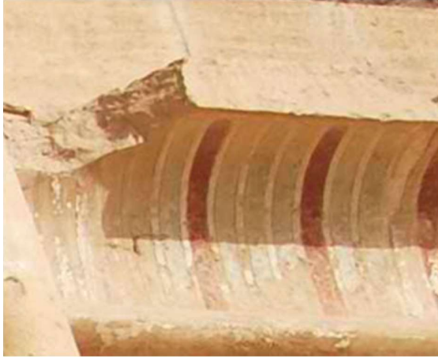
Torus
a semicircular projecting moulding which was carried above the architrave and down the quoins of their buildings
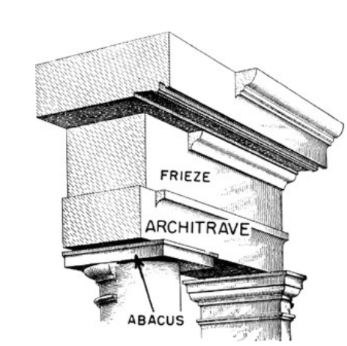
Kheker Frieze
the name of the decorative motif common in ancient Egyptian architecture from atleast as early as the 3rd dynasty; rows of knots in decorative carved or painted friezes around the upper edges of buildings
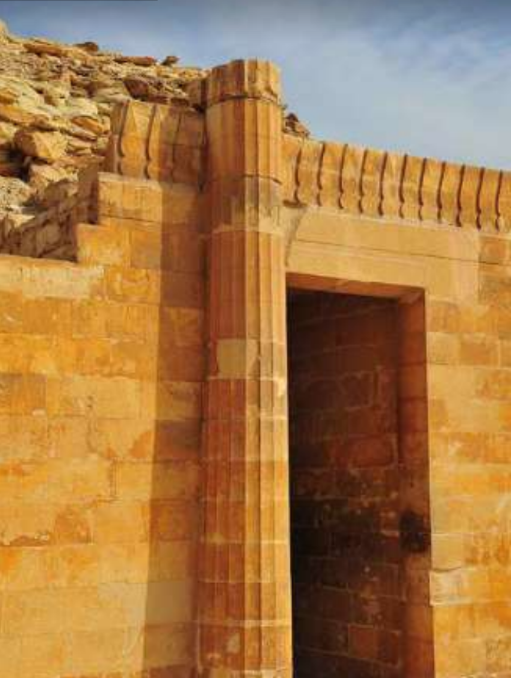
Ornaments
masters in the use of colors
Hiergoglyphics
a complex system, writing figurative, symbolic, and phonetic all at once, in the same text, the same phrase
Black
“kem”
White and Silver
“hedj”
Blue
“irtyu”
Azurite
“tefer”
Lapis lazuli
“khesbedj”
Malachite
“wahdj”
Verdigris
“hes-byah”
Turquoise
“mefkhat”
Painting
purity of colors was important to ancient egyptians and the artist would usually complete everything in one color before moving on to the next. Painting would be finished off with fine brushwork to outline the work and add limited interior detail
White
pigment was produced from crushed bone or ivory
Black
was created from the soot produced by oil lamps or by roasting crushed ivory
Indigo and Madder lake
two important lake pigments
Indigo
a dark blue color, was create from wode, a leguminous plant which has pods and root nodules, obtained in Asia
Madder lake
was created from the fleshy roots of the madder plant obtained around the Mediterranean. Dark reddish-purple color
Lapis lazuli
had to be imported over the Sinai Desert from central Asia, and was accordingly used for the most important mages
miniature
a small painting, made so small because of the cost of the red paint used in painting it